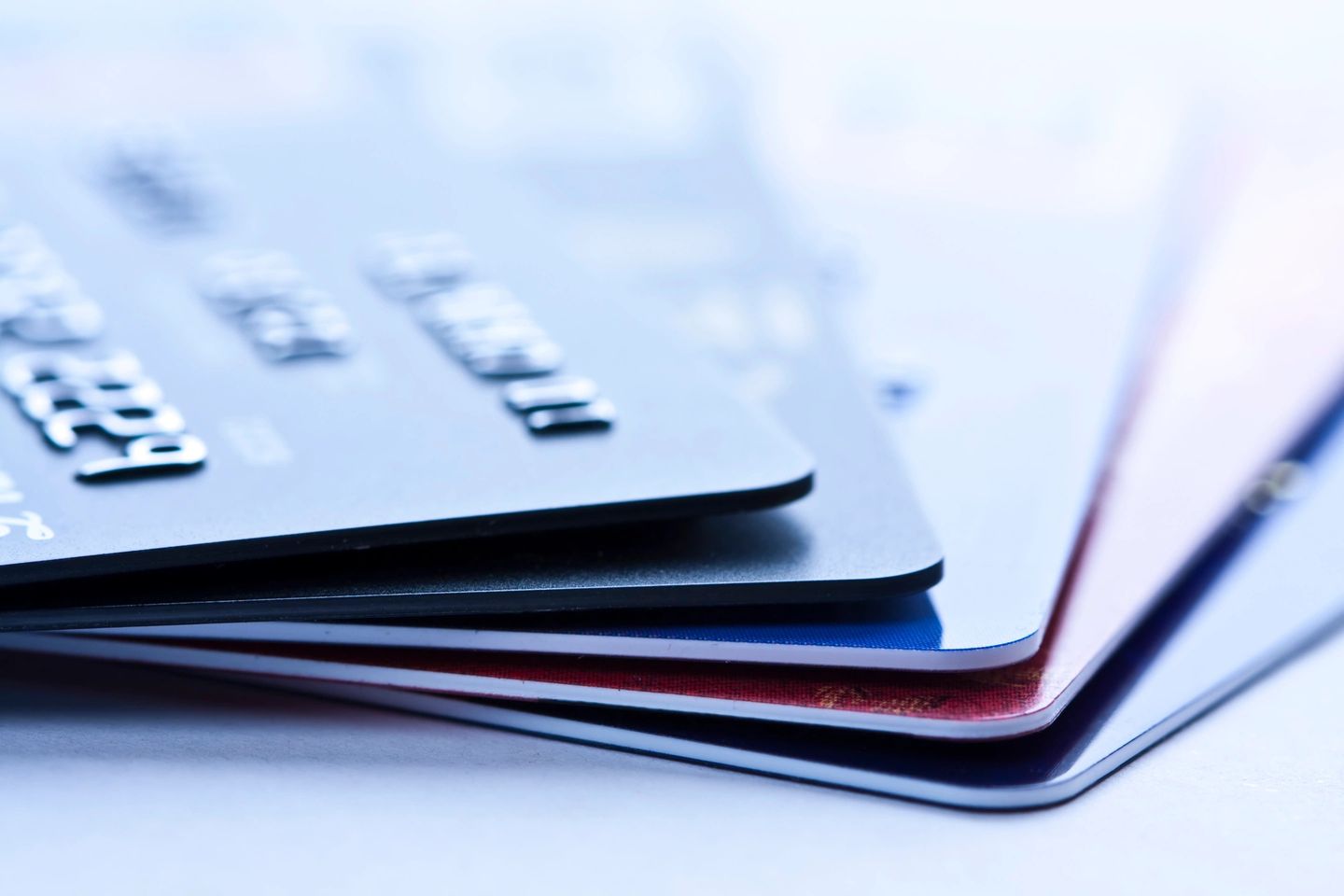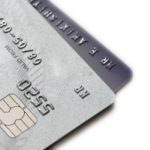Time Limits & Payments

What Are The Time Limits?
Time limits are an extremely critical component when having a credit card because it is the deciding factor between you being late, on-time or completely missing a payment. Every credit card will have two separate dates attached to it, the statement date and the payment due date.
The statement date is essentially the day the statement is printed and sent to you via email or printed paper. This date represents the full billing cycle of purchases: a simple way to think of it is your statement prints on the 30th of September which means all the purchases that will be on this statement range from September 1st to the 30th. Any purchases that are made after this time will be on the next October bill. Keep this information on time limits handy because you’ll never know when you’re going to need it.
Payment Due Date
The payment due date is a little trickier to understand. This is because it comes at the end of every grace period. The grace period is a 21 day time period after the statement prints. You have to pay either the minimum payment or the full balance. Simply put, John’s statement period is September 1st – 30th, on the 30th his statement prints at an amount of $500.00 (the amount he spent that month) that $500.00 is now due in on October 21st.
Timing
If you can time this well you can have an extended amount of time to pay back a debt. For example, you buy a guitar for $2000.00 on the 2nd of September, you would not have to pay that back until October 21st. However, if you bought that same guitar on the 25th of September, your statement will still print on the 30th meaning the payment will still be due on the 21st of October.
Therefore, the former strategy gives the average consumer 23 more days to accumulate enough income to pay back that guitar. One more point to touch on if the payment is being made between two financial institutions (from a TD account to a Scotiabank credit card) the payment can take up to 5 business days to be processed and received.
Minimum or Full
The final part of this section is whether to make a minimum payment or a full payment. The most ideal situation would be to pay the full statement balance, on-time, every single payment due date because if you pay the minimum, you will still get charged interest for the month.
It comes as a surprise but the main purpose of a minimum payment is not to void interest. It’s to stop the account from being frozen due to missed payment and to keep the interest rate the same. Making the minimum payment also does not negatively affect your credit bureau score. However, the credit card companies measure your risk and give offers depending on how well the account is managed. Furthermore, how often the individual goes close to or over their credit limit.
A very common mistake people make is making the payment too early. The minimum payment must be made after the statement prints (September 30th) but before the payment due date (October 21st). If it’s before the 30th it will not count as a payment. If it’s paid after the 21st it’ll be considered late. A missed payment only occurs when the statement prints, no payment is made and the next statement gets sent out.

Shameed is just a man on a mission to help those around him gain financial success. Obsessed with writing about all things finance, this GTA native is constantly learning and sharing his experiences with others.



